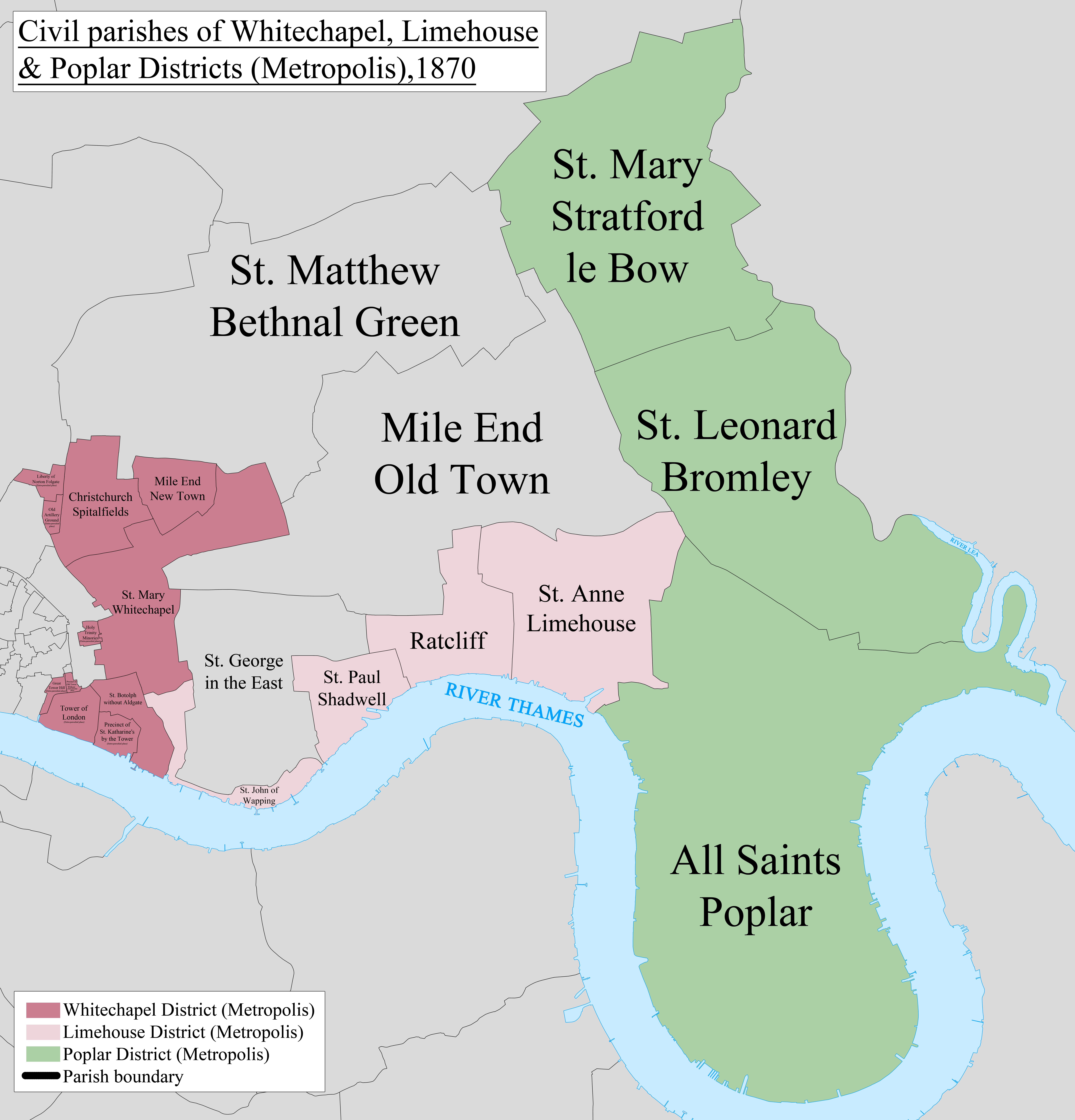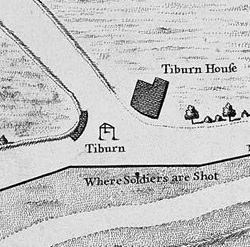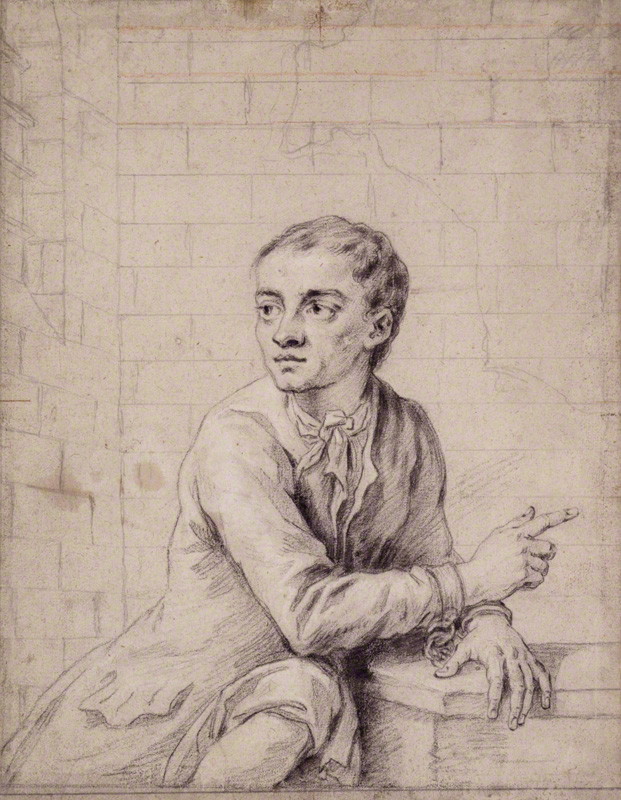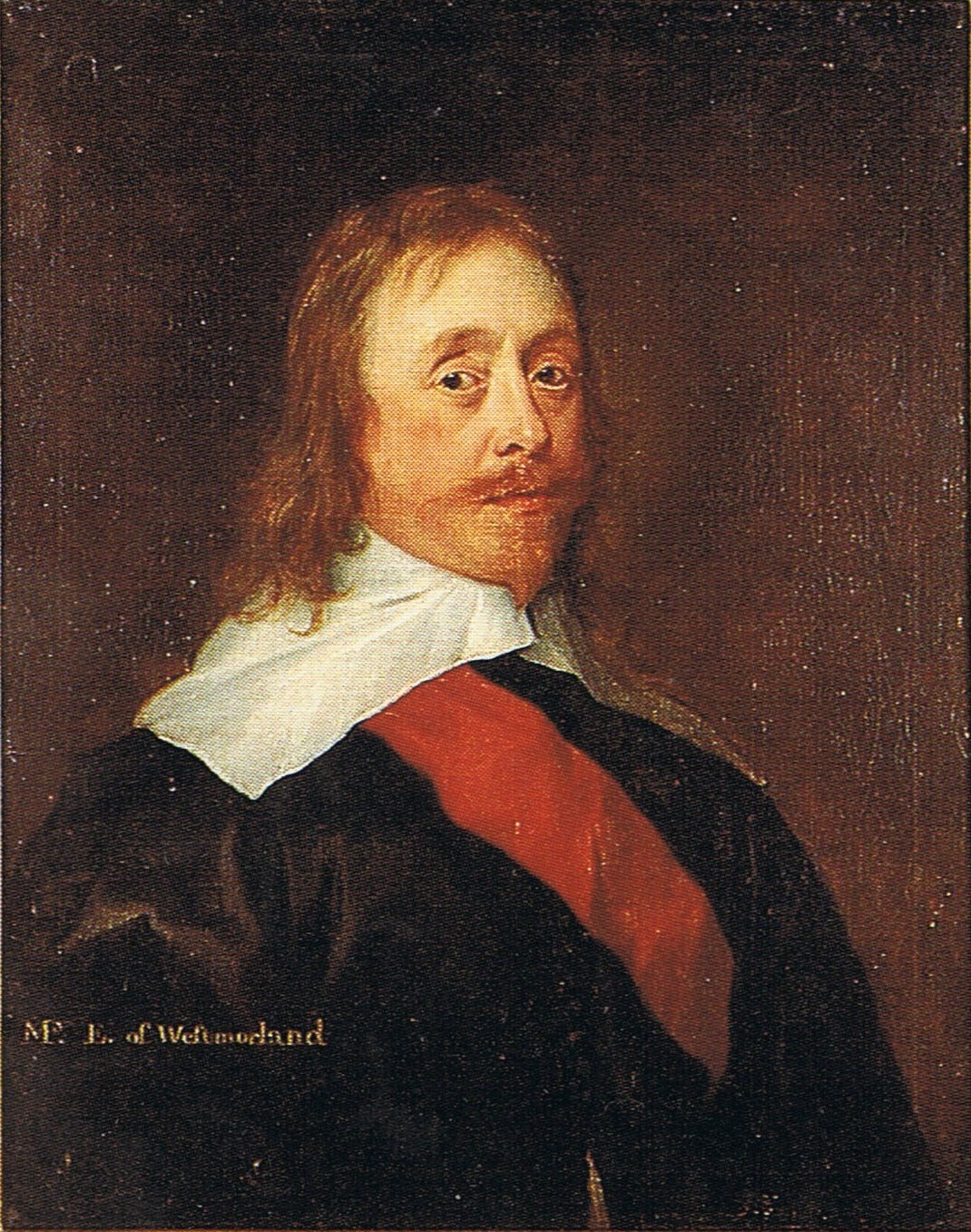|
1725 In Great Britain
Events from the year 1725 in Kingdom of Great Britain, Great Britain. Incumbents * List of British monarchs, Monarch – George I of Great Britain, George I * Prime Minister of the United Kingdom, Prime Minister – Robert Walpole (Whigs (British political party), Whig) Events * 2 March – in London, a night watchman finds a severed head by the Thames; it is later recognized to be that of the husband of Catherine Hayes (murderer), Catherine Hayes. She and an accomplice are executed the following year. * 12 May – the Black Watch is raised as a military company as part of the pacification of the Scottish Highlands under General George Wade. * 18 May – the Order of the Bath is founded by King George I of Great Britain, George I. * 24 May – Jonathan Wild, fraudulent "Thief Taker General", is Hanging, hanged in Tyburn, London, Tyburn, for actually aiding criminals. * 3 September – Treaty of Hanover (1725), Treaty of Hanover signed between Great Britain, France and Prussia. * ... [...More Info...] [...Related Items...] OR: [Wikipedia] [Google] [Baidu] |
Black Watch
The Black Watch, 3rd Battalion, Royal Regiment of Scotland (3 SCOTS) is an infantry battalion of the Royal Regiment of Scotland. The regiment was created as part of the Childers Reforms in 1881, when the 42nd (Royal Highland) Regiment of Foot (The Black Watch) was amalgamated with the 73rd (Perthshire) Regiment of Foot. It was known as The Black Watch (Royal Highlanders) from 1881 to 1931 and The Black Watch (Royal Highland Regiment) from 1931 to 2006. Part of the Scottish Division for administrative purposes from 1967, it was the senior Highland regiment. It has been part of the Scottish, Welsh and Irish Division for administrative purposes since 2017. Origin of the name The source of the regiment's name is uncertain. In 1725, following the Jacobite rebellion of 1715, General George Wade was authorised by George I to form six "watch" companies to patrol the Highlands of Scotland, three from Clan Campbell, one from Clan Fraser of Lovat, one from Clan Munro an ... [...More Info...] [...Related Items...] OR: [Wikipedia] [Google] [Baidu] |
Wapping
Wapping () is an area in the borough of Tower Hamlets in London, England. It is in East London and part of the East End. Wapping is on the north bank of the River Thames between Tower Bridge to the west, and Shadwell to the east. This position gives the district a strong maritime character. The area was historically composed of two parishes, St George in the East, and the much smaller St John's. Urbanisation of the shoreline began in earnest after the draining of Wapping marsh, and the consolidation of the river wall in the late 16th century. Many of the original buildings were demolished during the construction of the London Docks and Wapping was further seriously damaged during the Blitz. As the Port of London declined after the Second World War, the area became run down, with the great warehouses left empty. Some were demolished, but others such as Tobacco Dock survive. The area underwent further change during the 1980s when warehouses started to be converted into lux ... [...More Info...] [...Related Items...] OR: [Wikipedia] [Google] [Baidu] |
Lindisfarne
Lindisfarne, also known as Holy Island, is a tidal island off the northeast coast of England, which constitutes the civil parishes in England, civil parish of Holy Island in Northumberland. Holy Island has a recorded history from the 6th century AD; it was an important centre of Celtic Christianity under Saints Aidan of Lindisfarne, Aidan, Cuthbert, Eadfrith of Lindisfarne, Eadfrith, and Eadberht of Lindisfarne. The island was originally home to a monastery, which was Sack of Lindisfarne, destroyed during the Viking expansion, Viking invasions but re-established as a priory following the Norman Conquest of England. Other notable sites built on the island are St Mary the Virgin parish church (originally built AD 635 and restored in 1860), Lindisfarne Castle, several lighthouses and other navigational markers, and a complex network of lime kilns. In the present day, the island is an Area of Outstanding Natural Beauty and a hotspot for historical tourism and bird watching. As of Fe ... [...More Info...] [...Related Items...] OR: [Wikipedia] [Google] [Baidu] |
Berwick-upon-Tweed
Berwick-upon-Tweed (), sometimes known as Berwick-on-Tweed or simply Berwick, is a town and civil parish in Northumberland, England, south of the Anglo-Scottish border, and the northernmost town in England. The 2011 United Kingdom census recorded Berwick's population as 12,043. The town is at the mouth of the River Tweed on the east coast, south east of Edinburgh, north of Newcastle upon Tyne, and north of London. Uniquely for England, the town is slightly further north than Denmark's capital Copenhagen and the southern tip of Sweden, further east of the North Sea, which Berwick borders. Berwick was founded as an Anglo-Saxon settlement in the Kingdom of Northumbria, which was annexed by England in the 10th century. A civil parishes in England, civil parish and town council were formed in 2008 comprising the communities of Berwick, Spittal, Northumberland, Spittal and Tweedmouth. It is the northernmost civil parish in England. For more than 400 years, the area was central t ... [...More Info...] [...Related Items...] OR: [Wikipedia] [Google] [Baidu] |
Prussia
Prussia (; ; Old Prussian: ''Prūsija'') was a Germans, German state centred on the North European Plain that originated from the 1525 secularization of the Prussia (region), Prussian part of the State of the Teutonic Order. For centuries, the House of Hohenzollern ruled Prussia, expanding its size with the Prussian Army. Prussia, with its capital at Königsberg and then, when it became the Kingdom of Prussia in 1701, History of Berlin, Berlin, decisively shaped the history of Germany. Prussia formed the German Empire when it united the German states in 1871. It was ''de facto'' dissolved by 1932 Prussian coup d'état, an emergency decree transferring powers of the Prussian government to German Chancellor Franz von Papen in 1932 and ''de jure'' by Abolition of Prussia, an Allied decree in 1947. The name ''Prussia'' derives from the Old Prussians who were conquered by the Teutonic Knightsan organized Catholic medieval Military order (religious society), military order of Pru ... [...More Info...] [...Related Items...] OR: [Wikipedia] [Google] [Baidu] |
France
France, officially the French Republic, is a country located primarily in Western Europe. Overseas France, Its overseas regions and territories include French Guiana in South America, Saint Pierre and Miquelon in the Atlantic Ocean#North Atlantic, North Atlantic, the French West Indies, and List of islands of France, many islands in Oceania and the Indian Ocean, giving it Exclusive economic zone of France, one of the largest discontiguous exclusive economic zones in the world. Metropolitan France shares borders with Belgium and Luxembourg to the north; Germany to the northeast; Switzerland to the east; Italy and Monaco to the southeast; Andorra and Spain to the south; and a maritime border with the United Kingdom to the northwest. Its metropolitan area extends from the Rhine to the Atlantic Ocean and from the Mediterranean Sea to the English Channel and the North Sea. Its Regions of France, eighteen integral regions—five of which are overseas—span a combined area of and hav ... [...More Info...] [...Related Items...] OR: [Wikipedia] [Google] [Baidu] |
Treaty Of Hanover (1725)
The Treaty of Hanover was a treaty of defensive alliance signed on 3 September 1725 by the Kingdom of Great Britain, the Electorate of Hanover, the Kingdom of France and the Kingdom of Prussia. The alliance was formed to combat the power of the Austro-Spanish alliance, which was founded at the Peace of Vienna months earlier in May 1725.Knapton, J.J. & P. (1732)A General Collection of Treaties of Peace and Commerce, Manifestos, Declarations of War, and other Publick Papers, from the End of the Reign of Queen Anne to the Year 1731 Volume IV. University of Toronto. pp 158-186 The United Provinces and the Kingdom of Sweden later acceded to the Hanoverian Alliance through the Treaties of The Hague (1726) and Stockholm (1727). The Kingdom of Denmark-Norway did not formally join the Hanoverian Alliance but signed the Treaty of Copenhagen with Great Britain and France in April 1727. In 1728, Prussia would ally itself with Emperor Charles VI and the Viennese Alliance by signing the secre ... [...More Info...] [...Related Items...] OR: [Wikipedia] [Google] [Baidu] |
Tyburn, London
Tyburn was a Manorialism, manor (estate) in London, Middlesex, England, one of two which were served by the parish of Marylebone. Tyburn took its name from the Tyburn Brook, a tributary of the River Westbourne. The name Tyburn, from Teo Bourne (stream), Bourne, means 'boundary stream'.Gover, J. E. B., Allen Mawer and F. M. Stenton ''The Place-Names of Middlesex''. Nottingham: English Place-Name Society, The, 1942: 6. The parish, and probably therefore also the manor, was bounded by Roman roads to the west (modern Edgware Road) and south (modern Oxford Street). The junction of these was the site of the famous Tyburn Gallows (known colloquially as the "Tyburn Tree"), now occupied by Marble Arch. For many centuries the name Tyburn was synonymous with capital punishment: it was the principal place for execution for London and Middlesex criminals and convicted Treason, traitors, including many religious martyrs. In the 18th century it was also known as "God's Tribunal". Hangings at ... [...More Info...] [...Related Items...] OR: [Wikipedia] [Google] [Baidu] |
Hanging
Hanging is killing a person by suspending them from the neck with a noose or ligature strangulation, ligature. Hanging has been a standard method of capital punishment since the Middle Ages, and has been the primary execution method in numerous countries and regions. The first known account of execution by hanging is in Homer's ''Odyssey''. Hanging is also a Suicide by hanging, method of suicide. Methods of judicial hanging There are numerous methods of hanging in execution that instigate death either by cervical fracture or by Strangling, strangulation. Short drop The short drop is a method of hanging in which the condemned prisoner stands on a raised support, such as a stool, ladder, cart, horse, or other vehicle, with the noose around the neck. The support is then moved away, leaving the person dangling from the rope. Suspended by the neck, the weight of the body tightens the noose around the neck, effecting strangulation and death. Loss of consciousness is typically rapid ... [...More Info...] [...Related Items...] OR: [Wikipedia] [Google] [Baidu] |
Jonathan Wild
Jonathan Wild, also spelled Wilde (1682 or 1683 – 24 May 1725), was an English thief-taker and a major figure in London's criminal underworld, notable for operating on both sides of the law, posing as a public-spirited vigilante entitled the "Thief-Taker General". He simultaneously ran a significant criminal empire, and used his crimefighting role to remove rivals and launder the proceeds of his own crimes. Wild exploited a strong public demand for action during a major 18th-century crime wave in the absence of any effective police force in London. As a powerful gang-leader himself, he became a master manipulator of legal systems, collecting the rewards offered for valuables which he had stolen himself, bribing prison guards to release his colleagues, and blackmailing any who crossed him. Wild was consulted on crime by the government due to his apparently remarkable prowess in locating stolen items and those who had stolen them. Wild was responsible for the arrest and e ... [...More Info...] [...Related Items...] OR: [Wikipedia] [Google] [Baidu] |
Order Of The Bath
The Most Honourable Order of the Bath is a British order of chivalry founded by King George I of Great Britain, George I on 18 May 1725. Recipients of the Order are usually senior British Armed Forces, military officers or senior Civil Service (United Kingdom), civil servants, and the monarch awards it on the advice of His Majesty's Government. The name derives from an elaborate medieval ceremony for preparing a candidate to receive his knighthood, of which ritual bathing (as a symbol of Ritual purification, purification) was an element. While not all knights went through such an elaborate ceremony, knights so created were known as "knights of the Bath". George I constituted the Knights of the Bath as a regular Order (honour), military order. He did not revive the order, which did not previously exist, in the sense of a body of knights governed by a set of statutes and whose numbers were replenished when vacancies occurred. The Order consists of the Sovereign of the United King ... [...More Info...] [...Related Items...] OR: [Wikipedia] [Google] [Baidu] |








